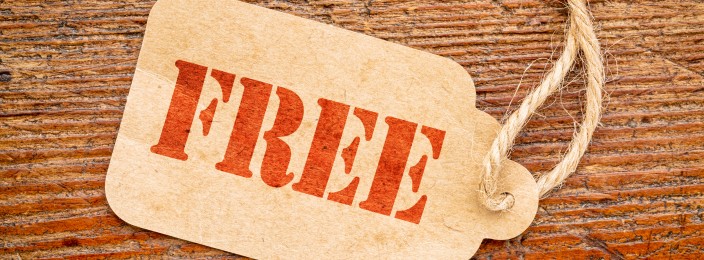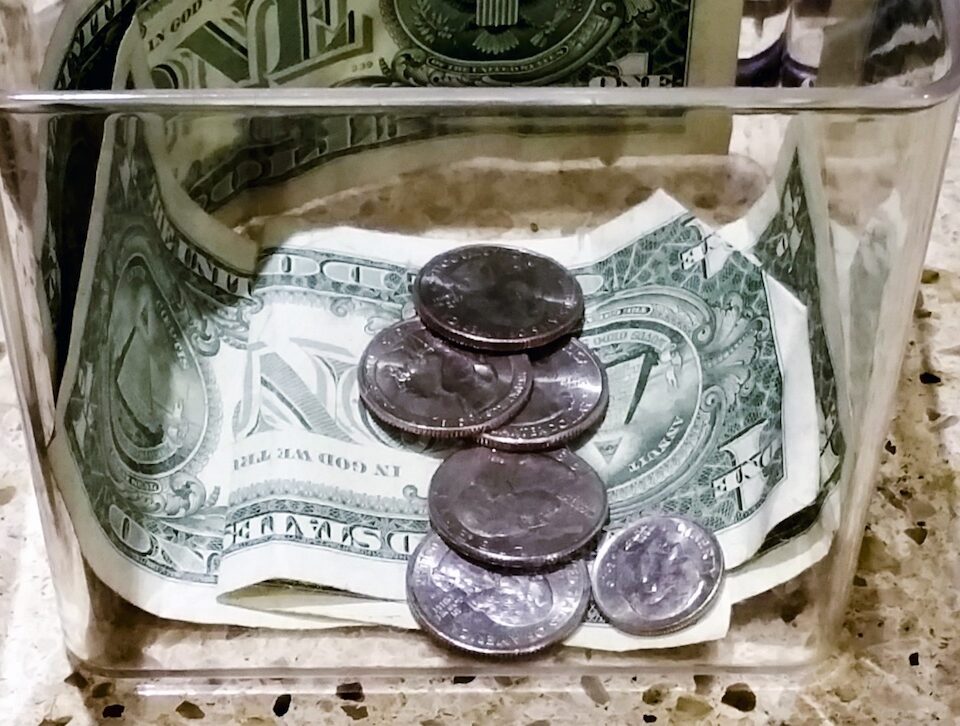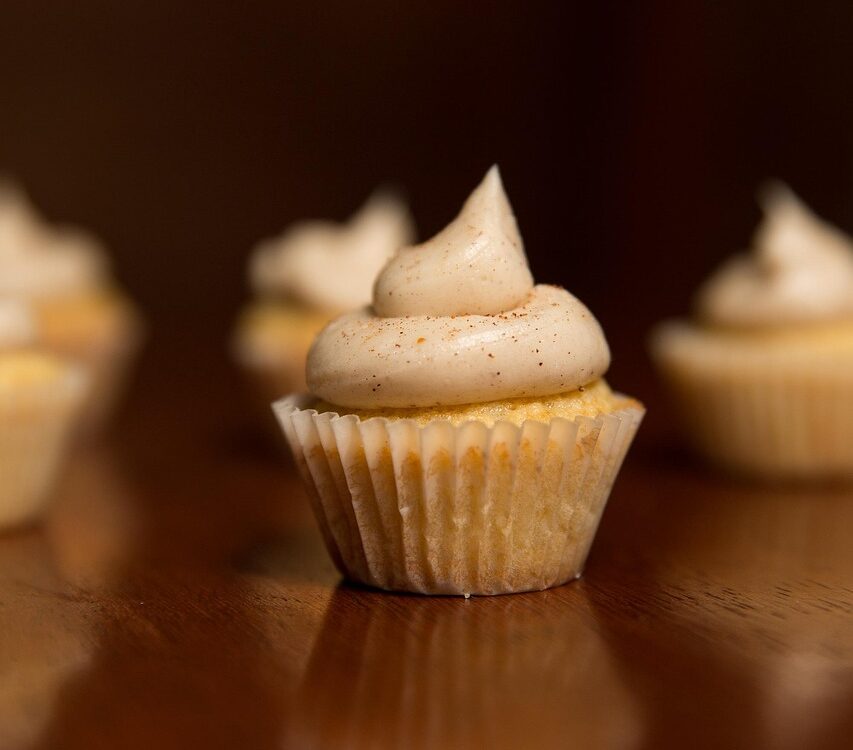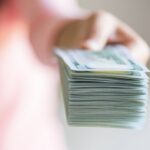
What an Inflation Breakdown Shows Us
August 13, 2025
Why We Need More Working Women
August 15, 2025Recently, the Wall Street Journal introduced us to a group of people that, for months, plan their birthday freebies. The one person they followed hoped to top his record of 35. Starting at 6 a.m, he got his Starbucks’ 4-shot coffee. Then, with members of his family who were supposed to help him consume all the food, he raced among his destinations.
At the end of his birthday, his freebies included drinks, snacks, dinners, and discounts:

So yes, his behavior was slightly extreme. But “free” influences most of us.
The Impact of Free Candy
Offered a Hershey’s Kiss for one penny or a tastier upscale Lindt Truffle for 15 cents, 73 percent of a Dan Ariely study chose the truffle. But then, when the price of each went down by a penny, the truffle’s demand sunk to 31 percent because the Kiss was free:
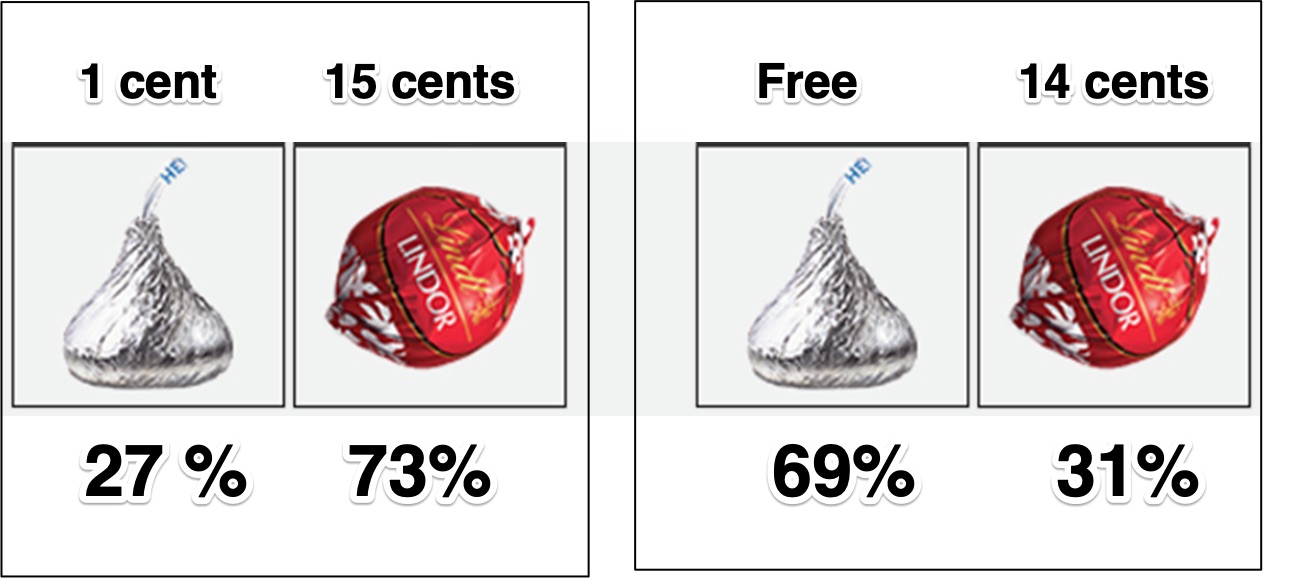
However, sometimes social norms kick in. In another Ariely study, students took fewer candies when they were free. Economists have hypothesized that we also worry about appearing too greedy:
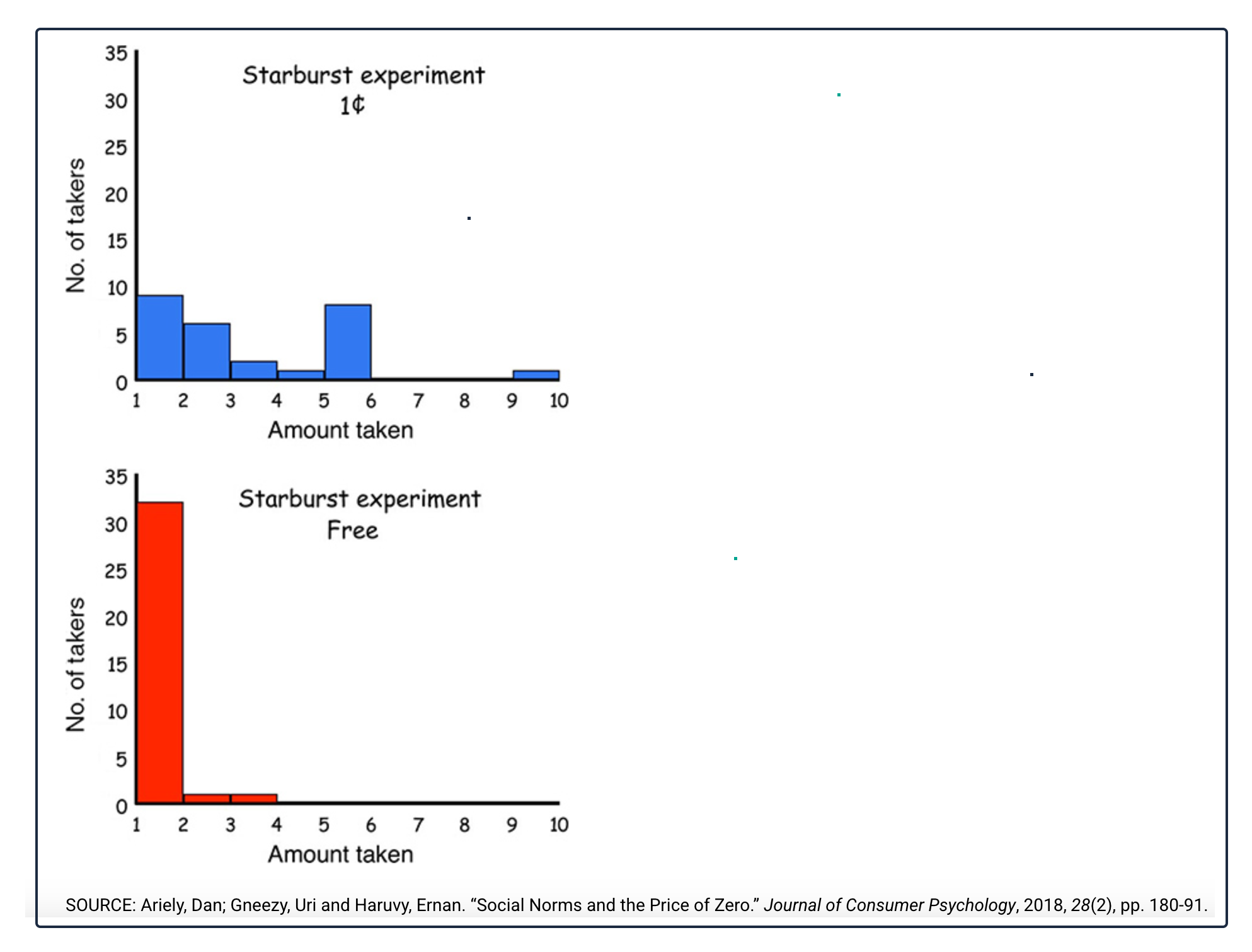
Going by an informal survey of retailers, WSJ said that freebies seem to be getting more popular. Denny’s reported a 28 percent increase in birthday redemptions from the previous year with more than 300,000 diners claiming their free Grand Slam breakfast. Similarly, Sephora said that it gave a freebie to the 14.6 million customers that redeemed their birthday gift.
Our Bottom Line: Costly Free Goods
We all know that there’s no such thing as a free lunch (TANSTAAFL).
The reason is that cost need not be money. Instead, the cost of a good, a service, or a decision, is whatever it forces us to sacrifice. When the WSJ birthday freebie man used approximately 15 hours to accumulate his freebies and his birthday to collect them, his cost was how he might have used those 25 hours (15 preparation and then 10 on his birthday).
Behavioral economists explain that we inadequately evaluate the cost of free items because of the “zero price effect.” In addition, it is even likely that “free” activates a dopamine reaction. Consequently, combining our neurology, emotions, and logic, the battle for rational analysis of a free item is pretty much lost.
My sources and more: Thanks to WSJ for inspiring today’s post and to Dan Ariely for the description of his free behavioral studies. Then, happily, it all made more sense after reading this paper from the St. Louis Fed.
Please note that several of today’s sentences were in a previous econlife post.
![econlifelogotrademarkedwebsitelogo[1]](/wp-content/uploads/2024/05/econlifelogotrademarkedwebsitelogo1.png#100878)

